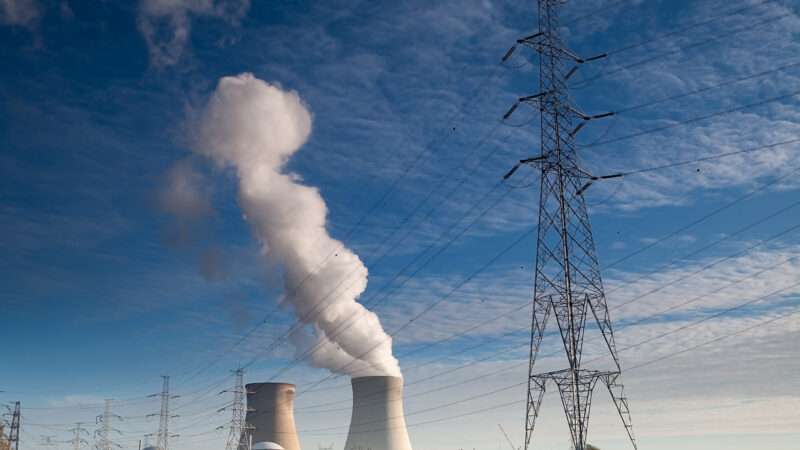Biden Wants To Triple Nuclear Energy Capacity, but He’ll Have To Cut Red Tape To Do It

The Biden administration has an ambitious plan to triple America’s nuclear power capacity by 2050 from 2020 levels. From private sector financing to favorable legislation, support for nuclear power is growing. But actually realizing the ambitious goal to triple nuclear energy is contingent on overcoming one major obstacle: regulations.
In addition to bringing another 200 gigawatts of nuclear power generation online—the U.S. currently has about 96 gigawatts in operation—the White House report sets an aggressive timeline of deploying 35 gigawatts of new capacity through 2035. The new generation will come from the construction of large and small advanced reactors, restarting closed reactors (such as Three Mile Island Unit 1), and increasing capacity at existing plants. While the need for some regulatory reform is mentioned, the White House’s plan primarily relies on expanding tax credits and leveraging federal financing to meet its goals.
Onerous regulations inflate costs and balloon project timelines for nuclear power. One of the most damaging is the regulation governing radiation standards. Under current guidance, nuclear power plants must emit doses of radiation that are as low as reasonably achievable (ALARA), which does not protect public health. Every day, humans are exposed to natural levels of radiation that are higher than those of nuclear plants. For instance, eating a banana or taking a cross-country flight exposes individuals to more radiation than does standing next to a nuclear power plant or a dry storage cask (which stores spent nuclear fuel).
By demanding that nuclear power plants emit as little radiation as possible, federal regulators communicate to the public that any level of radiation is dangerous—stoking fear and mistrust of clean, efficient nuclear energy. Since a power plant can always emit less radiation, ALARA standards create a moving goalpost that is costly to achieve.
Similar to radiation standards, regulations on building materials single out the nuclear energy industry and make it all but impossible to complete a project on time and within budget. When building a nuclear power plant, developers must use steel and concrete that are “nuclear grade.” These materials can be as much as 50 times more expensive than their industrial counterparts, not because they are necessarily safer, but because they must clear more red tape and paperwork.
From these regulations to exhaustive environmental reviews, federal red tape inflates costs and hurts nuclear power’s economic competitiveness. In July, President Joe Biden signed the Accelerating Deployment of Versatile, Advanced Nuclear for Clean Energy Act. This law included several reforms to the industry and directed the Nuclear Regulatory Commission to report to Congress on ways to modernize regulations. Once those findings are submitted, the onus will still be on Congress to implement the necessary reforms.
To be sure, regulations aren’t the only challenge that nuclear energy faces. The industry has also been plagued by poor project management, state bans on nuclear power, and a depleted work force and supply chain. However, federal red tape has exacerbated these issues and made it harder to build nuclear energy infrastructure.
The White House’s plan to triple nuclear power is ambitious, but without substantive regulatory reform, it will almost certainly fail.
The post Biden Wants To Triple Nuclear Energy Capacity, but He’ll Have To Cut Red Tape To Do It appeared first on Reason.com.
